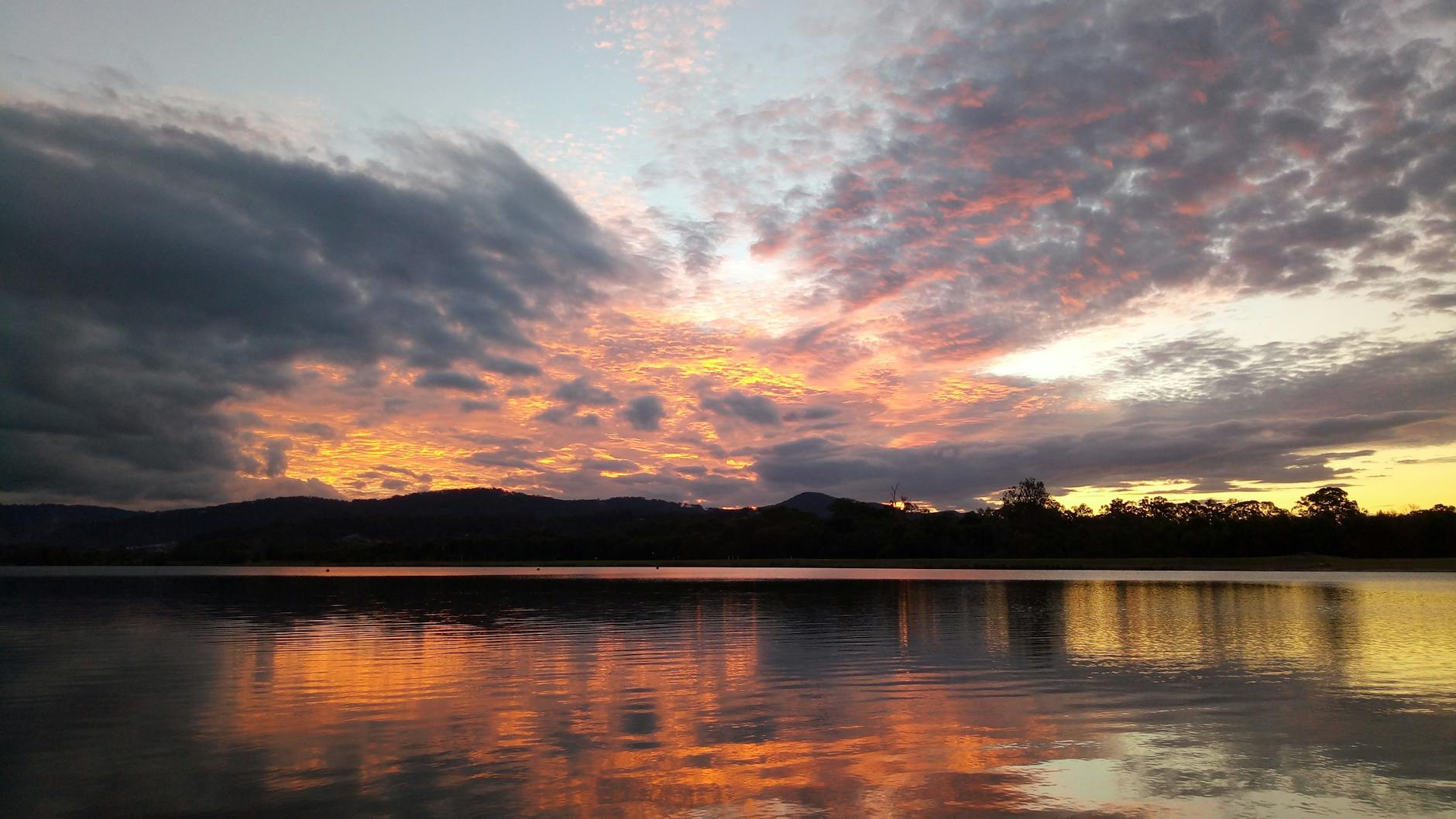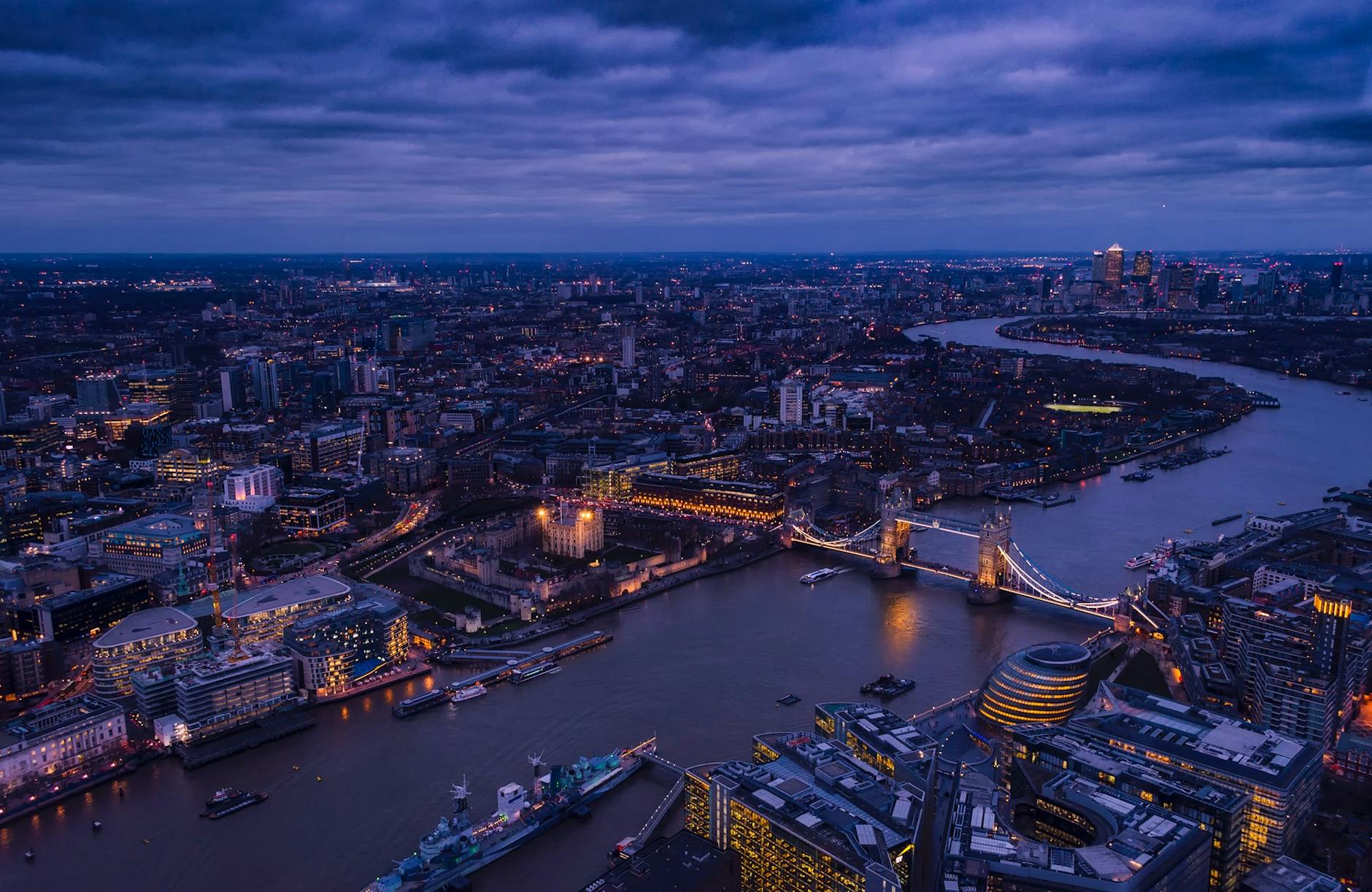How to Experience Australia's Wilderness in an Environmentally Conscious Way

Choosing Eco-Friendly Accommodations
Having roots in Melbourne and spending mornings jogging through the Royal Botanic Gardens Victoria not only lets me immerse myself in nature, but it also amplifies my commitment to environmental conservation. Selecting eco-friendly accommodations that align with environmental ethics is an essential part of sustainable travel. When on research trips, I choose between three main types.
Eco-Certified Lodging Options
Eco-certified lodging plays a crucial role in minimizing your environmental footprint. Look for certifications from organisations that verify sustainable practices, ensuring that the accommodation reduces waste and energy consumption. This becomes especially pertinent during trips like a victoria falls safari, where lodging coexists with vibrant ecosystems.
Home Stays with Locals
A stay with local hosts can vastly enrich your experience. Not only do you gain authentic insights into the culture, but you also support the community directly. This option often includes environmentally sound practices, from locally sourced meals to water conservation initiatives.
Camping in Protected Areas
For the adventurous, camping in protected areas provides a sense of connection to nature that few experiences can match. It's an opportunity to observe wildlife in its habitat without disrupting delicate ecosystems. Whether it's amidst the wilderness on a galapagos cruise stop or under the vast sky during arctic cruises, camping helps foster a deeper respect for these environments.
Selecting sustainable accommodations is much like choosing eco-friendly tours in Yarra Valley; it's not merely a travel decision but a commitment to conservation.
Sustainable Transportation Methods
Utilizing Public Transport
My passion for conservation has always been intricately tied to my choice of transportation. Opting for public transport not only reduces your carbon footprint but also offers a glimpse into local life. Whether it's a tram ride through Melbourne or a bus tour exploring the Royal Botanic Gardens Victoria, public transport can significantly decrease travel emissions. Embracing these systems on a trip to a Tanzania safari can connect you more intimately with the environment, aligning with eco-conscious values.
Cycling Through Nature Trails
Cycling is another exhilarating way to explore while maintaining sustainability. I remember my numerous rides through the Yarra Valley's eco-friendly trails, where the beauty of biodiversity can be appreciated up close. Those experiences remind me of the importance of preserving natural habitats, much like the savannahs on an Africa safari. Engaging in cycling not only offers an immersive experience but also reinforces commitment to environmental goals.
Carpooling and Ridesharing
Carpooling and ridesharing have transformed the way we can travel sustainably. When attending conservation workshops or heading for field research, I often share rides with colleagues. This method conserves fuel and provides an opportunity to exchange insights on sustainability. Exploring the impact of ridesharing on local communities abroad emphasizes how crucial it is to remain eco-conscious, even when traversing the vibrant landscapes of Africa.
Engaging in Responsible Activities
Wildlife Observation Etiquette
Strict adherence to wildlife observation etiquette is crucial for preserving nature's balance. I recall a significant moment at the Royal Botanic Gardens Victoria, where maintaining silence and distance allowed me to witness the tranquil habits of native species. Such practices—observing from a safe distance, never feeding animals, and using ethical photography—safeguard wildlife from stress and preserve their natural behaviors.
Participating in Conservation Projects
My passion for conservation was ignited during a project at the Yarra Valley, where local initiatives focus on regenerating native flora and conserving natural habitats. Participating in conservation efforts is an enriching experience, providing a deeper understanding of ecosystems and how to protect them. Whether joining reforestation projects or assisting in wildlife rehabilitation, these activities foster a more profound respect for our environment.
Low-Impact Hiking Practices
On my treks, I channel my care for the environment through low-impact hiking techniques. Respecting marked trails, minimizing campfire use, and packing out everything I pack in are guidelines I consistently follow. These practices reduce waste and maintain the pristine nature of the areas we explore. Remarkably, such principles align with sustainable travel goals, much like what one might consider on central america tours or south american tours, known for their breathtaking landscapes and unique biodiversity.
Best Practices
Reducing Waste on the Trail
In my years of traversing protected environments, I've seen how critical it is to minimise our footprint. Whether you're embarking on a namibia safari or tackling the majestic mountains, it's vital to pack out what you pack in. Utilise reusable bags and containers to ensure you leave nothing behind. Choosing biodegradable toiletries can also significantly lessen our impact on these fragile ecosystems.
Conserving Water Resources
Water conservation is a key practice I adhere to, particularly on adventures like gorilla trekking uganda. Simple steps such as turning off taps while brushing your teeth, and limiting shower time, can make a significant difference. Refillable water bottles not only reduce plastic waste but also serve as a constant reminder of your commitment to the environment.
Carbon Offset Programs
Living in Melbourne, with its wealth of sustainability initiatives, I've been able to critically assess the importance of offsetting carbon footprints through verified programs. These initiatives support global projects aimed at reducing emissions and provide a practical channel for your eco-concerns to translate into action. Think of it as your way of contributing to global efforts while still enjoying your travels responsibly.
To make each of my journeys truly sustainable, I continuously integrate these practices, setting the standard for a travel experience that is as mindful as it is enriching.
Best Practices
Minimising Trail Waste
Reducing our footprint on nature trails is a fundamental step towards ecological preservation. Whenever I wander through the Royal Botanic Gardens Victoria or explore the natural beauty of the Yarra Valley, I always carry reusable containers and bags. Doing so minimises waste and eliminates the need for single-use plastics. Packing snacks in biodegradable wrappers and using refillable water bottles are easy yet effective practices. Engaging in eco-friendly tours often encourages these habits, making our ventures more aligned with nature's harmony.
Saving Water Efficiently
Conserving water should always be at the forefront of sustainable travel. Surprisingly, many people are unaware of how simple actions can contribute substantially to water conservation. For instance, I only take short showers and often opt to use a cup when brushing my teeth in places like CERES Community Environment Park, which is a fantastic example of sustainability in action. Small mindful habits can collectively make a significant impact in places where water scarcity might be an ongoing challenge.
Investing in Carbon Offset Programs
I find carbon offset programs to be an incredibly practical way to counterbalance the environmental impact of travel. It's quite simple—by investing in verified programs, we can fund projects that actively reduce emissions. Whether you're flying from Melbourne or booking eco-certified lodging, these contributions ensure that your overall carbon footprint is minimised. Exploring initiatives that plant trees or invest in renewable energy allows us to travel responsibly, providing peace of mind that we're doing our part in safeguarding our planet's future.


